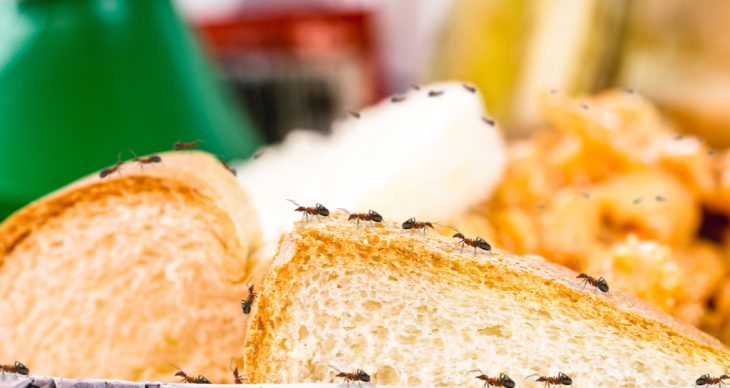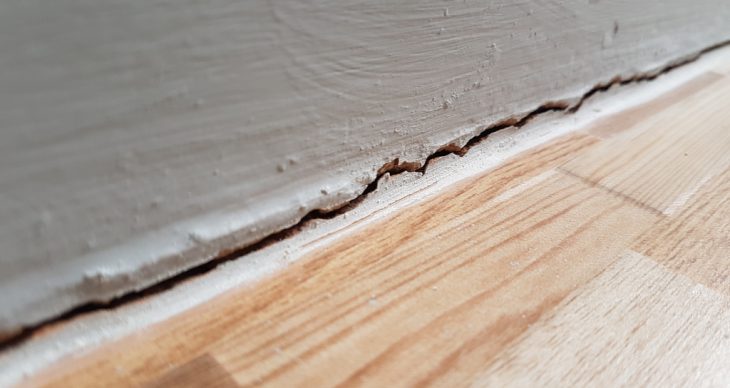Whether you have an exterminator on speed dial or have never squashed as much as a spider in your home, knowing how to keep your place clean and pest-free is essential. The occasional house fly or ant won’t do much harm, but there are certain infestations that could threaten the structure of your home.
Did you know that you could be at a higher risk of a pest infestation depending on where you live? It’s true. Living in an apartment complex means being at the mercy of your neighbors. If you have the unfortunate luck to live next to an uncleanly neighbor, you could start seeing some creepy crawlies make their way into your unit.
Luckily, there are ways to prevent and treat pest infestations. From applying termite treatment to subscribing to general pest control services, there are many ways to keep your home clean and bug-free. Here are 8 helpful tips to keep the bugs away.
Nearly all pest control services can agree on one thing: leaving food out is the best way to invite bugs, rodents and other pests into your home. Insects can smell food particles from great distances. Be sure to store all food in sealed, airtight containers.
Practicing good rodent control also means picking up your pet’s food after mealtime is over. If you live in an area prone to mice or rats, leaving your dog’s food bowl out could attract these unwanted pets to your doorstep.
You don’t have to be an exterminator to understand how a gap between your front door and the ground below could lead to a pest infestation. Insects only need a few centimeters of crawlspace to make their way into your home. Why take the chance?
It is always recommended to seal any cracks or gaps along the base of your home to prevent insects from finding their way in. This includes the doorframe, windows, vents and the exterior foundation. Any silicone sealant or caulk should do the trick.
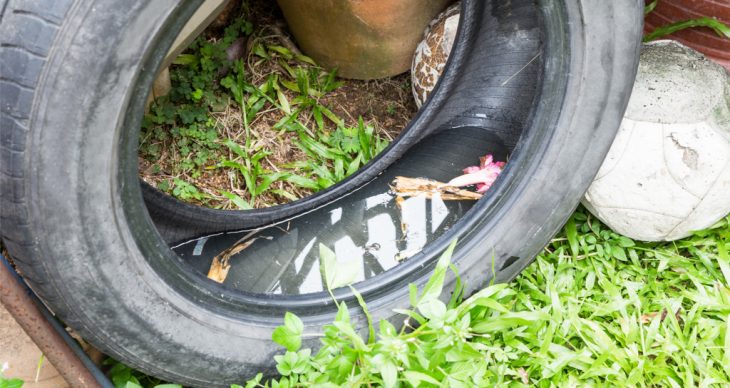
When it comes to mosquito control, the name of the game is standing water. These insects are drawn to ponds, lakes and streams, which can replicate in the form of puddles. Mosquitoes thrive in areas where there is stagnant water, so it is important to ensure there isn’t any standing water near your home.
Take a walk around the exterior of your home to inspect for standing water. If you have a basement, be sure to look around the floor for puddles of standing water.
Many mosquito control services also suggest inspecting your gutters to make sure there aren’t any clogs. Sticks and leaves often bunch up in rain gutters, causing large buildups of standing water.
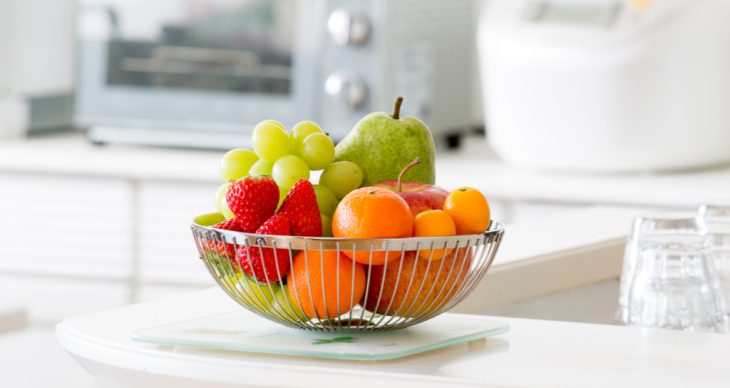
Many pest control services agree that leaving fruits and vegetables out on the counter for too long often leads to a proliferation of gnats and fruit flies. These types of insects repopulate extremely fast, which is a frustrating characteristic for homeowners and renters trying to keep up.
Fortunately, calling an exterminator is not necessary to get rid of these unwanted visitors. If you are experiencing a fruit fly infestation, make sure your fruits and vegetables are properly stored. Be sure to clean your garbage and recycling bins thoroughly and hang fly tape to catch them.
While gnats and fruit flies are harmless, it is important to deal with them promptly. Leaving fruit and vegetables out could attract bigger pests, such as cockroaches and ants, which are much harder to get rid of.
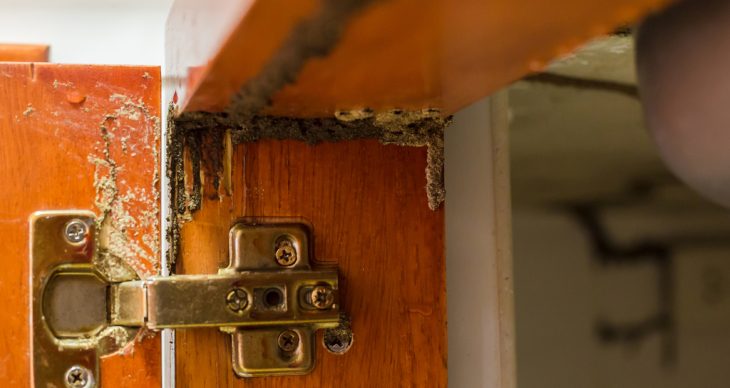
Termite treatment companies often suggest storing wood at least 20 feet from the base of your home to prevent these critters from eating away at the structure of your house. Termites are attracted to untreated wood, such as firewood, lumber and other cellulose products. If you keep large stacks of this type of wood up against your home, you could be encouraging termite populations to jump ship over to your house.
Termite treatment is often required when homes experience too much moisture. If you are in a humid environment, consider using a dehumidifier to reduce the moisture in the air. It may also help to run an air conditioner periodically during the summer months.
You can practice termite control techniques while building, painting or doing other DIY projects. For example, consider spraying your wood with borate, a popular termite repellent.
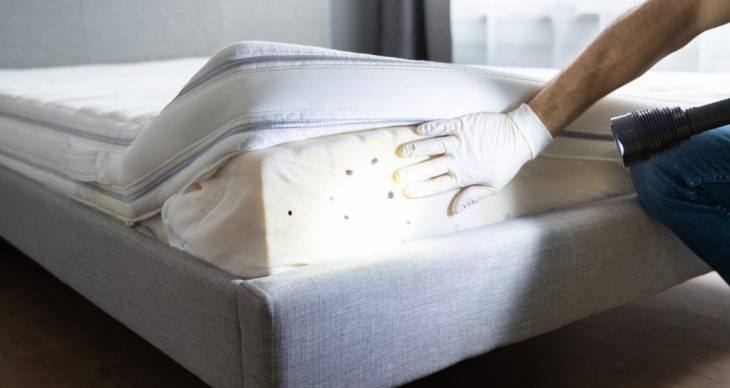
Thrifting an antique table is a win for any collector, but if you don’t inspect it closely, you could invite a family of unwanted pests into your home.
You may find yourself requiring bed bug treatment after purchasing a secondhand mattress or bedframe, or perhaps spraying for ants after purchasing a vintage cabinet. When you purchase used items, you should always inspect them for signs of insects or pests.

Aside from stinking up your home and property, keeping trash longer than necessary could also cause a pest infestation. It doesn’t take an exterminator to tell you that disposing of your trash regularly is one of the best ways to keep your house pest-free.
If you live in an apartment complex with a shared dumpster, it can be tempting to leave your garbage bags next to your door to take in the morning, especially if the dumpster is located far from your unit. But leaving your trash out attracts all sorts of pests and critters, such as ants, cockroaches, raccoons and even bigger furry friends, such as bears.
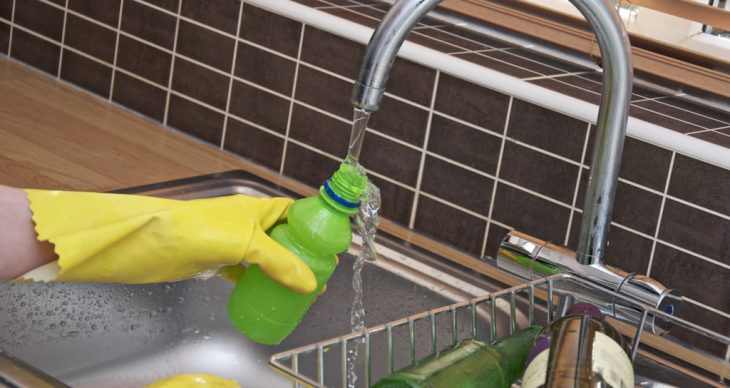
Most pest control services recommend rinsing your recyclables before throwing them in a recycling bin to avoid attracting insects and other pests. Recycling is essential to the health of the environment, but it can be a menace to you and your apartment complex if you leave food residue behind.
If you have a recycling bin in your home, be sure it has a lid. This is the best way from attracting pests inside your unit.
